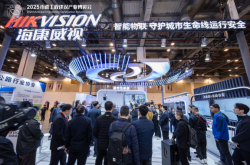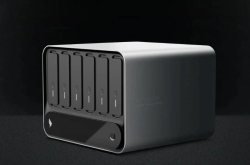Join the Chinese 'Dual-Car Strategy', and the Joint Venture Rises the 'New Appropriationism'
![]() 05/20 2025
05/20 2025
![]() 582
582
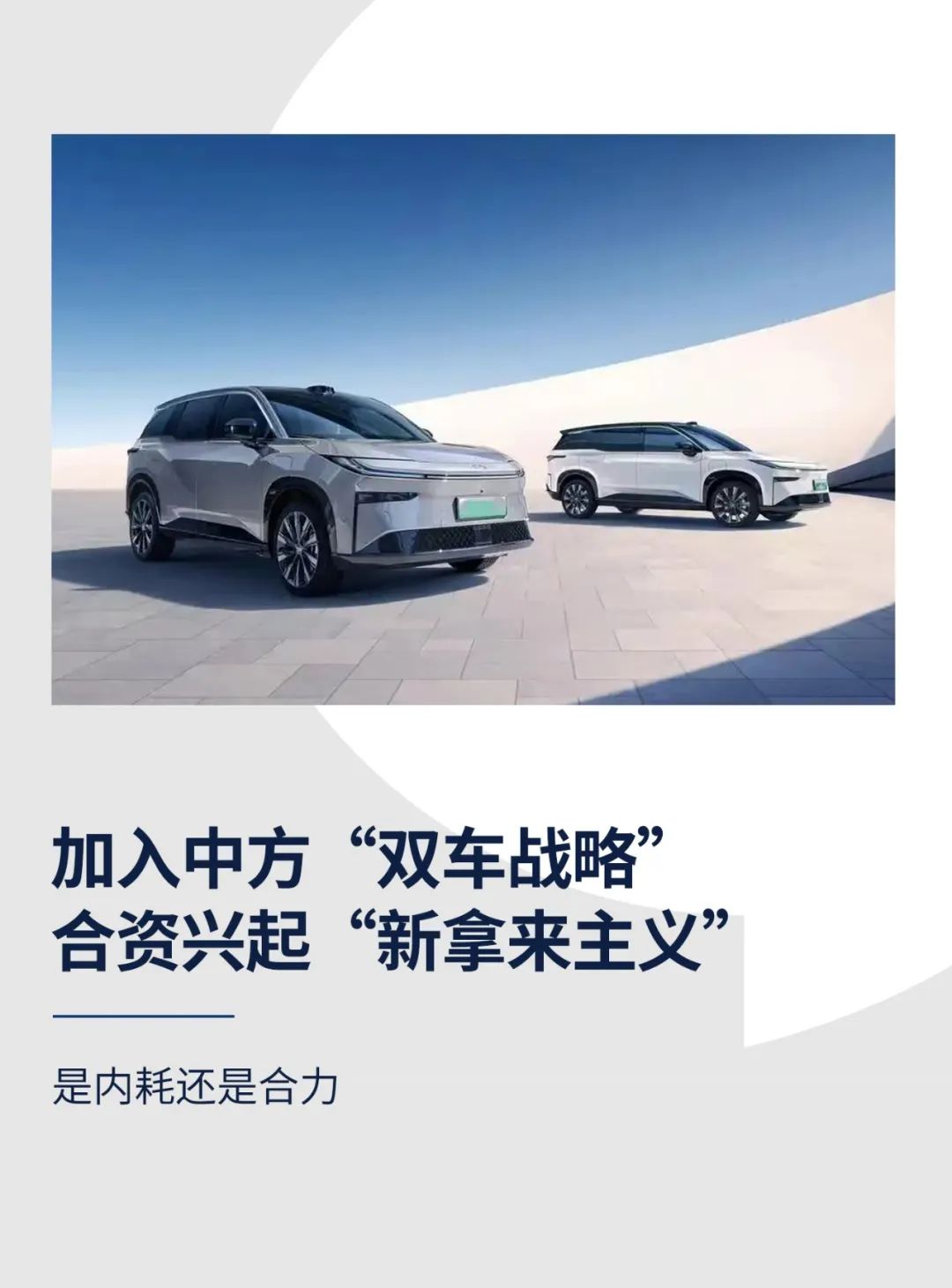
Author | Yang Lu, Editor | Zhen Yao, Produced by | Bangning Studio (gbngzs)
In just two days, on the evening of May 21, the 2025 Dongfeng Yipai 007 will be launched.
Recently, there have been murmurs that Dongfeng Yipai 007 and Dongfeng Nissan N7, which was launched on April 27 this year, are 'siblings from the same door'. Despite Dongfeng Nissan's vigorous defense of the differences between the two, saying they are different in every way, many people still persist in believing that it's just a badge engineering, as the two cars are too similar in appearance and size to avoid 'reasonable suspicion'.
There are many similar model controversies, such as GAC Botzhi 3X and GAC Aion V Tyrannosaurus Rex, Geely Galaxy E8 and Zeekr 007, Changan Deep Blue SL03 and Qiyuan A07, Chery Star Age ES and Wisdom S7... Under the same auto group system, there is a close relationship between many products within independent brands and between independent brands and joint venture brands.
Obviously, Chinese local auto groups have also begun to popularize the 'Dual-Car Strategy', and joint venture automakers have begun to popularize the 'New Appropriationism' – taking models from Chinese shareholders.
This 'Dual-Car Strategy' was initially 'invented' by multinational auto groups. They took global models and produced them in two joint ventures in China, with the two companies launching products with similar designs and positioning to cover more markets while balancing the interests of different joint ventures.
For example, FAW-Toyota and GAC Toyota under Toyota, FAW-Volkswagen and SAIC Volkswagen under the Volkswagen brand, FAW Audi and SAIC Audi under Audi, and Dongfeng Honda and GAC Honda under Honda.
This is also the 'Appropriationism' that joint venture automakers have adhered to for thirty to forty years – taking models from foreign shareholders. China once hoped to exchange technology for markets through Sino-foreign joint ventures, but the result was exchanging markets for models.
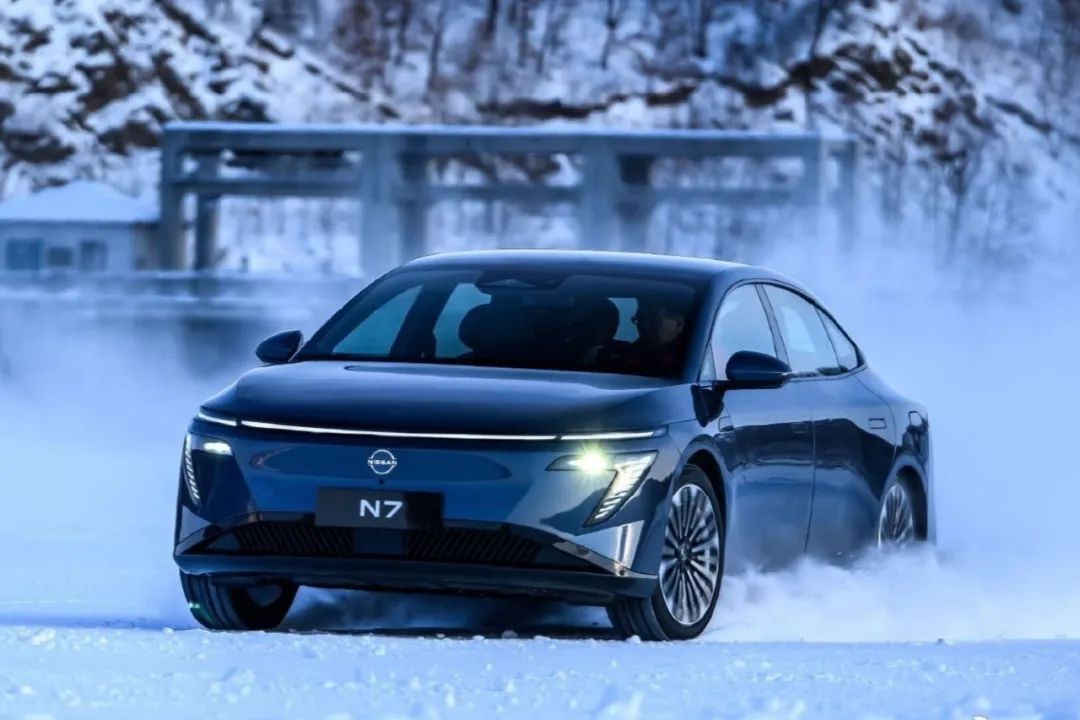
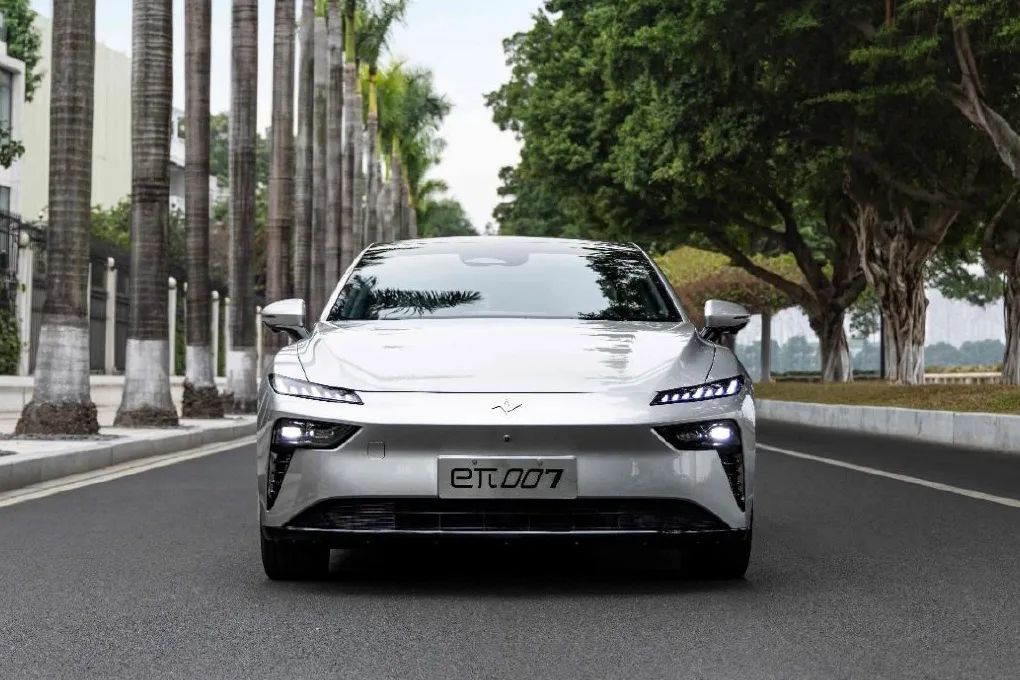
From a development perspective, the 'Dual-Car Strategy' can basically be divided into three stages:
The first is the era of fuel vehicles. Two or even multiple models are derived from the same platform, covering different groups of people through design and configuration differences. During this period, the strategy was highly effective, allowing joint venture brands to quickly sweep the Chinese market.
The second is the era of parallel oil and electricity. With fuel vehicles still being the mainstay, when experimenting with electric vehicles, many automakers did not have a dedicated new energy technology architecture platform, so they launched similar electric vehicles through 'oil-to-electricity' conversions.
The third is the era of new energy. Joint venture automakers are rebuilding electric platforms and fully transitioning to new energy, but there is a risk of 'clashing' with similar products from Chinese independent brands.
In the era of fuel vehicles, the foreign-led 'Dual-Car Strategy' allowed joint venture brands to quickly occupy the national market. However, in the current era of new energy, the 'Dual-Car Strategy' of multiple models on one platform promoted by Chinese local auto groups among independent and joint venture brands has caused many controversies.

Double-edged Sword
When the market shifts from incremental competition to stock competition, the 'Dual-Car Strategy' shifts from a combined strength to mutual competition.
Especially in the field of new energy, independent brands are transforming rapidly, and the domestic smart electric vehicle industry chain is more mature. Joint venture brands have to rely on the Chinese side and actively promote a series of localization strategies, taking models from Chinese shareholders.
But new problems have emerged.
For auto groups like GAC, SAIC, and Dongfeng, on one hand are independent brands chasing speed in the new energy sector; on the other hand are joint venture brands seeking a breakthrough in the new energy sector. Both are important, and when their technologies and resources overlap and products converge, will they fall into internal friction?
First, under homogeneous competition, there is a situation of 'fighting oneself'.
In the new energy market, in order to quickly roll out product lines, automakers launch multiple similar models based on the same platform with overlapping positioning. If there is insufficient differentiation, then price becomes the only indicator for users when buying a car. For example, N7 is equipped with a Qualcomm 8295 chip and uses the Momenta intelligent driving assistance system, both of which are industry-leading configurations, and its starting price of 119,900 yuan is lower than the 130,000 yuan of Yipai 007. From its launch on April 27 to May 15, in just 18 days, N7 received over 10,000 firm orders. Many people joked, 'How is Yipai 007 supposed to sell now?'
Conversely, this homogeneous competition also has an impact on N7 itself. Mr. Zhang, a Dongfeng Nissan owner, originally planned to replace his fuel vehicle with N7, but he hesitated after seeing online comments about it being a 'badge engineering' car.
In the past, under the foreign 'Dual-Car Strategy', the two joint venture brands fought each other; now, under the Chinese 'Dual-Car Strategy', it has become a fight between joint venture brands and independent brands.
Secondly, there are channel conflicts.
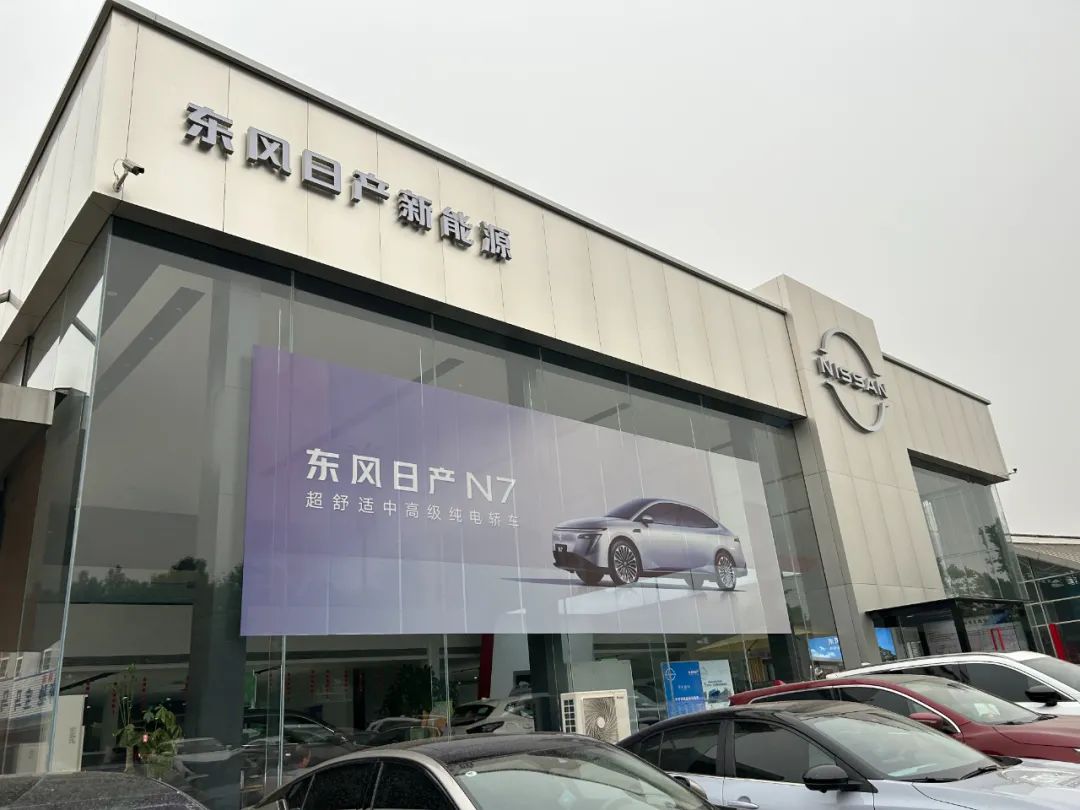
Currently, most joint venture brands sell fuel vehicles and new energy vehicles together, and some are building dedicated new energy channels, such as Dongfeng Nissan's sales consultants being divided into two groups. However, under a unified channel, terminal stores are more inclined to sell fuel vehicles with higher profits. A BMW sales consultant said, 'No one wants to sell electric cars. When selling cars, selling an electric car is almost always a loss.'
But regardless of how users see it, from the perspective of manufacturers, there are indeed many benefits to 'sharing resources'.
First, within the automaker, it is conducive to resource coordination, cost reduction, and efficiency enhancement.
Platforms like Volkswagen's MEB and Geely's SEA architecture reduce costs by sharing chassis and three-electric systems, allowing different brand models to be developed differently based on a unified technology foundation.
Taking the integration of Lingke and Zeekr as an example, 'In terms of intelligent driving, a unified technical route can achieve good coordination in manufacturing and production; procurement can jointly form a scale effect; channel construction can be well coordinated both domestically and internationally.' An Conghui, CEO of Zeekr Technology Group, said in an interview.
The latest financial report shows that in the first quarter of this year, Zeekr Technology Group's sales expenses, management expenses, and research and development expenses all decreased significantly year-on-year and quarter-on-quarter. After the merger of the two brands, capital expenditures have achieved effective results.
Second, differentiated product positioning covers a larger user base.
Current user needs are more refined, and even products from the same platform can accurately cover different market segments and attract users in those areas.
'Just like a gentleman in a suit and a young person in streetwear, even if they have the same height and weight, their temperament and pursuits are completely different,' one netizen commented vividly.
'The pure electric sedan market priced between 100,000 and 200,000 yuan is a small segment, and there is no question of one brand eating into another. On the contrary, this segment has always been insufficiently competitive, and many families need an ideal pure electric sedan. With this mindset, N7 has set a minimalist SKU, Forcefully taking a car 15 ten thousand -20 ten thousand 的家轿拉到了10 ten thousand -15 ten thousand 的区隔。' Wang Qian, General Manager of Dongfeng Nissan Sales Company's new energy brand, posted on social media.
This is both a response to online model comparisons and an explanation that there is still a lot of room for differentiated market demand.

Value of Foreign Parties
Multinational automakers are rushing to the Chinese market.
During the Shanghai Auto Show in April, Toyota shouted the goal of 'standing globally, more Chinese'. Li Hui, general manager of Toyota China, said that while strengthening localized operations, Toyota is also focusing on enhancing the entire industry chain of its business in China, promoting enterprise changes that match China's development speed from all dimensions such as management systems, R&D systems, product development, production, sales, service, and partners.
Since its launch in March, GAC Toyota Botzhi 3X has seen rapid sales growth. In April, sales reached 6,762 units, ranking first in joint venture new energy sales, and deliveries exceeded 10,000 units within 45 days of its launch.
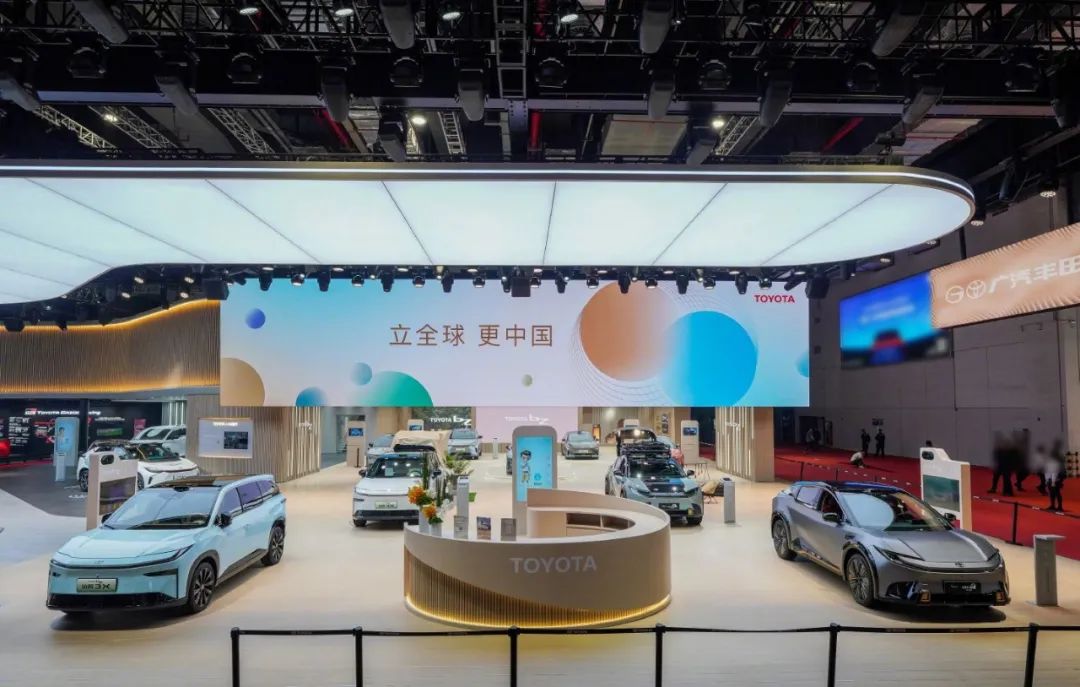
Nissan's strategy has also been upgraded to 'In China, for China, to the world'. In the next three years, Dongfeng Nissan will invest 10 billion yuan in new energy research and development and expand its technology center to accommodate 4,000 employees.
At the same time, Nissan has truly authorized the local team to lead model development, shortening the model development cycle to 24 months. 'Our local R&D team has a high degree of discourse power, not only leading in design and configuration but also making autonomous decisions within the R&D cycle,' said Ma Zhixin, chairman of the Nissan Motor (China) Management Committee.
Adhering to the strategy of 'In China, for China', BMW has invested an additional 20 billion yuan in its Chinese production base to achieve localized mass production of new-generation models.
Oliver Zipse, chairman of the BMW Group, revealed that the first new-generation model exclusive to China is the BMW iX3L, and the Chinese team was deeply involved in the development and design of the model. At the same time, BMW is deepening its strategic cooperation with leading Chinese technology enterprises, deeply integrating cloud interaction capabilities with personalized experiences of generative artificial intelligence.
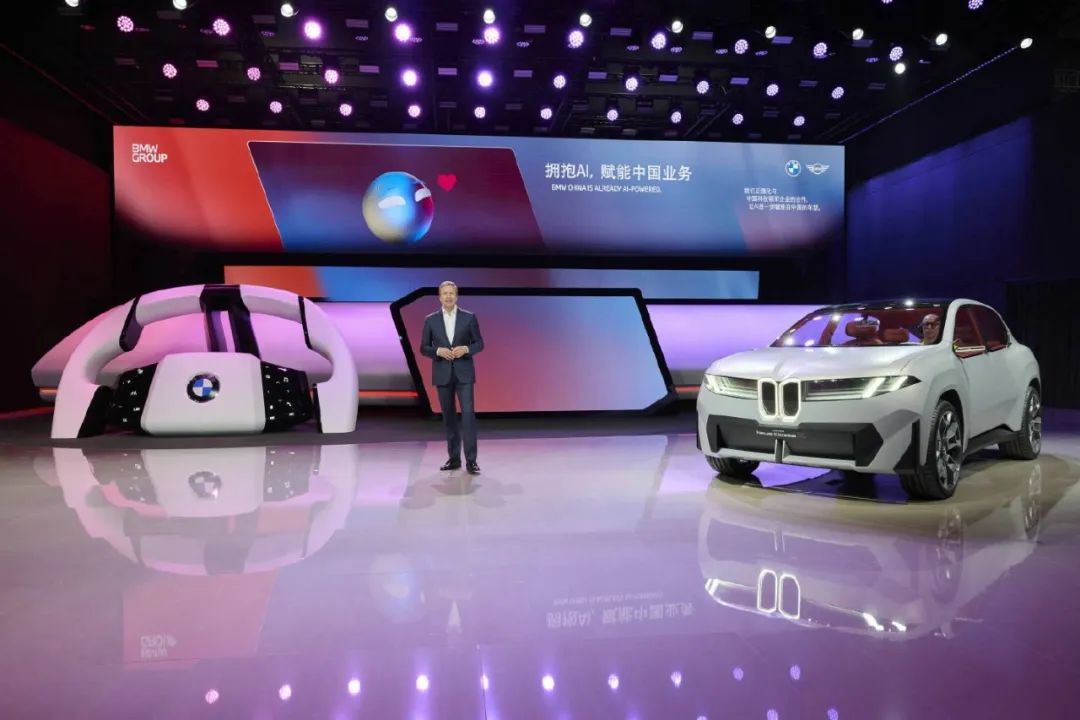
At this point, BMW is no longer simply introducing technology but is creating an intelligent ecosystem in line with Chinese user habits together with local suppliers.
Interestingly, when Bangning Studio contacted executives of multinational automakers, they generally avoided talking about 'Chinese teams' and rarely talked about the contributions of Chinese shareholders, namely Chinese local auto groups, often using the vague and implicit term 'Chinese team' – referring to both Chinese and foreign parties.
Regardless, when foreign brands shout 'In China, for China', the once foreign-led joint venture landscape has reversed, with increased technical contributions and greater discourse power from the Chinese side, leading to reverse technology exports and the arrival of a new era of joint ventures.
As a result, there is the 'Dual-Car Strategy' of Chinese local auto groups, the 'New Appropriationism' of joint venture automakers, and the 'reverse joint venture' rumored in the industry.
Because of this, many people are singing doom for foreign parties. Bangning Studio believes this is a great misunderstanding – currently, the value of foreign parties is enormous, especially their global brands and channels, as well as their quality management system capabilities.
Foreign parties' mature overseas sales networks and brand recognition can help export joint venture models – including products from the 'Dual-Car Strategy' of Chinese local auto groups. Moreover, in markets such as the European Union and North America, they are more familiar with relevant regulations and standards and have compliance experience, which can help these products quickly enter overseas markets.
Fu Yuwu, honorary chairman of the China Society of Automotive Engineers, once said that joint venture automakers have three major advantages when going overseas: first, they can quickly form brand influence with the help of foreign shareholders' activity in overseas markets; second, they have a more mature sales network; third, for export destination countries, especially developed markets, joint venture automakers are more familiar with local regulations and standards.
This year, Dongfeng Nissan launched an export plan with a sales target of 100,000 units in the first phase of overseas markets, and plans to launch four new energy models under the Nissan brand.
On May 19, the Dongfeng Nissan Venucia VX6 SKD export packaging project was shipped, exporting 75 new energy vehicles using semi-knocked down kits to Myanmar, where local factories will complete vehicle assembly and deliver them to local users. This project also lays the foundation for Dongfeng Nissan's layout in the Southeast Asian market. According to Dongfeng Nissan, the export of the N brand is already on the way.
In terms of systematic and engineering capabilities, foreign capital has a manufacturing gene of decades or even centuries and is very experienced in controlling the entire industry chain. This is the core reason why foreign brands have long held an advantage in reliability.
Systematic capabilities cannot be replicated overnight; they are a supply chain ecosystem built through institutional design, technology penetration, and cultural coordination, essentially an output of industrial civilization.
However, systematic capabilities are also a dynamic concept that changes with the times.
For foreign parties, the current challenge is that their above-mentioned advantages are not sufficient to dominate industry trends and cope with new industry changes, so they are going through a difficult period in the Chinese market.
The McKinsey 2025 report shows that competition in the Chinese auto market is not only about product definition and R&D but also a series of comprehensive capabilities such as brand communication, product marketing, and even customer test drive experiences. It predicts that the market share of foreign automakers in the Chinese market is likely to further decline from 40% in 2024 to about 30% in 2025.
Adhering to the 'New Appropriationism' and joining the Chinese 'Dual-Car Strategy' is the best choice for joint venture automakers. On the one hand, they can rely on Chinese technology to accelerate the pace of transformation and build a price advantage by reducing costs through resource sharing; on the other hand, they can rely on foreign quality management system capabilities to take a differentiated route and enter overseas markets by sharing foreign global brands and channels.
As for the current price reversal between independent brands and joint venture brands for individual models, it is believed that changes will occur soon.
For Chinese local auto groups, the 'Dual-Car Strategy' can create differentiated competition between joint ventures and independent brands domestically; overseas, it can expand the market with the help of joint venture foreign brands and channels.
This 'Dual-Car Strategy' is not internal friction but a combined force.


